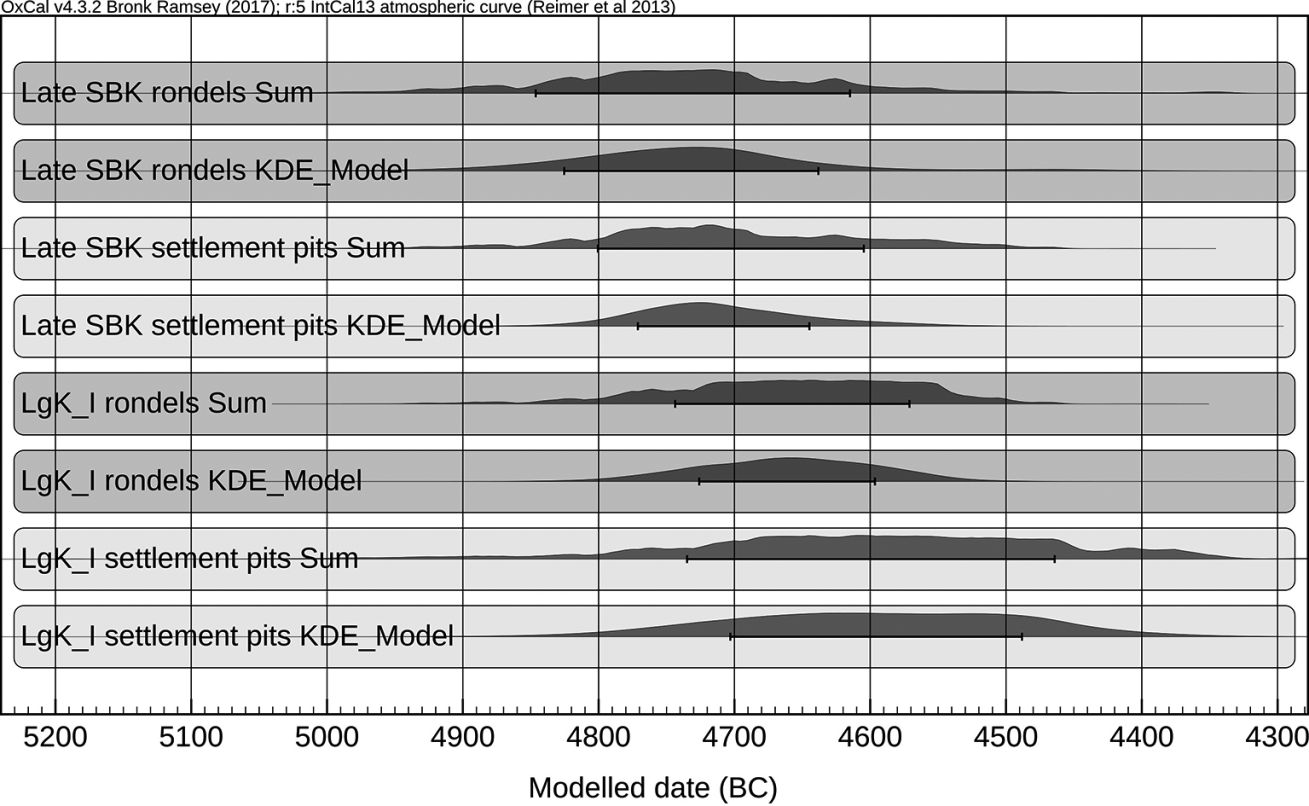How do they fit together?
A case study of Neolithic pottery typology and radiocarbon chronology
DOI:
https://doi.org/10.35686/AR.2020.6Keywords:
Central Europe, Neolithic, pottery typo-chronology, archaeological culture, radiocarbon datingAbstract
The object of the paper is to update the current concept of the chronology of the Neolithic (c. 5400–3300 BC) of the Czech Republic and northern Lower Austria by comparing the typo-chronological development of pottery and modelling the corresponding radiocarbon dates. Up until now, pottery and its style have often been perceived in Central Europe as “basic indicators” of archaeological cultures or pottery traditions, which are then further divided into chronological stages and phases. And yet, an analysis of the relationships of all three levels of these entities in the context of four types of models of radiocarbon dates indicates that changes in the original material culture do not necessarily occur on a time axis. While it is true that archaeological cultures have proven to be the robust materialisation of primarily chronological trends valid in larger geographic areas, at the level of general and more detailed pottery groups, development can be manifested in other ways (regionally, socially or in a way that is difficult to interpret).
Downloads

Downloads
Published
How to Cite
Issue
Section
License
Copyright (c) 2020 František Trampota, Petr Květina

This work is licensed under a Creative Commons Attribution 4.0 International License.










